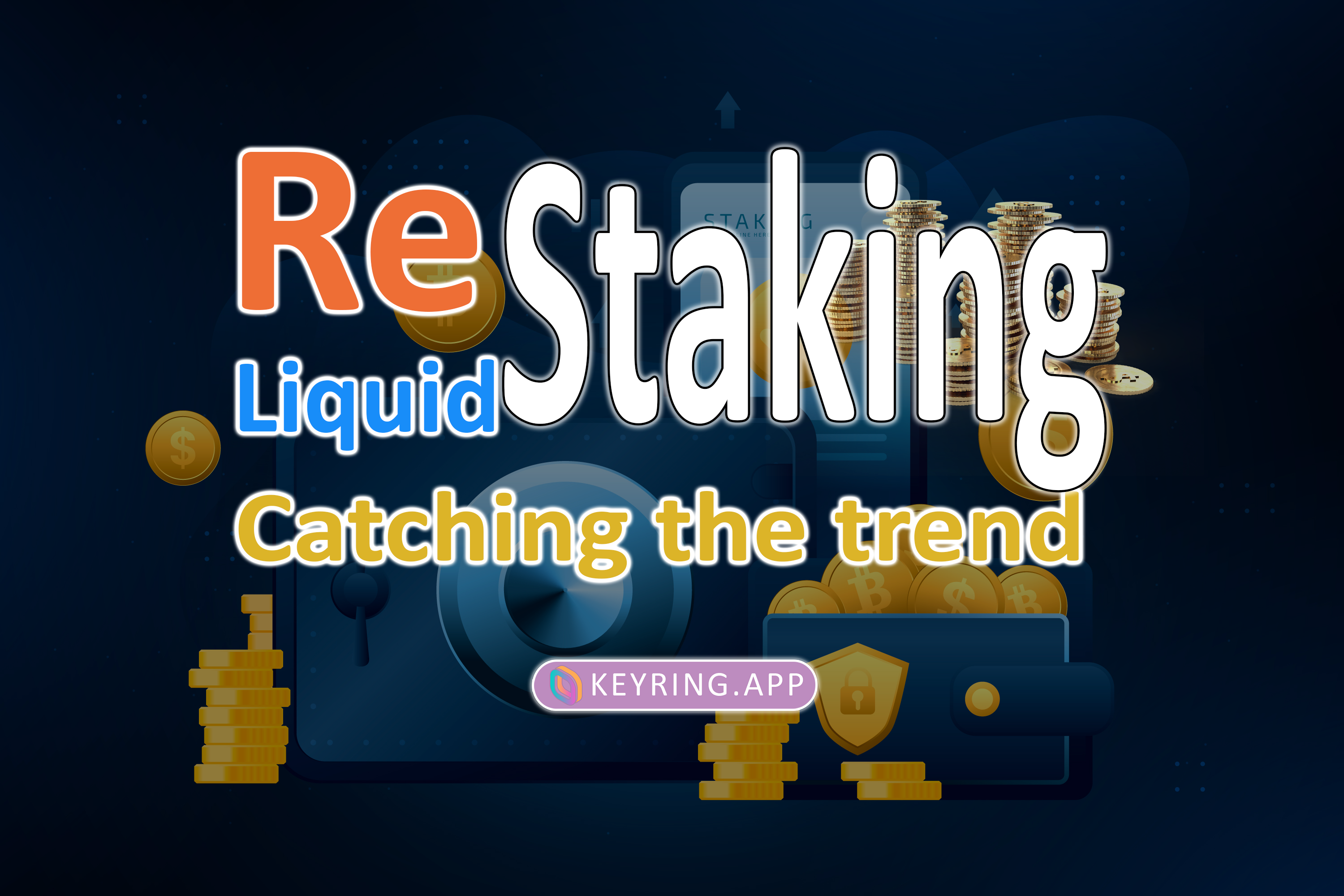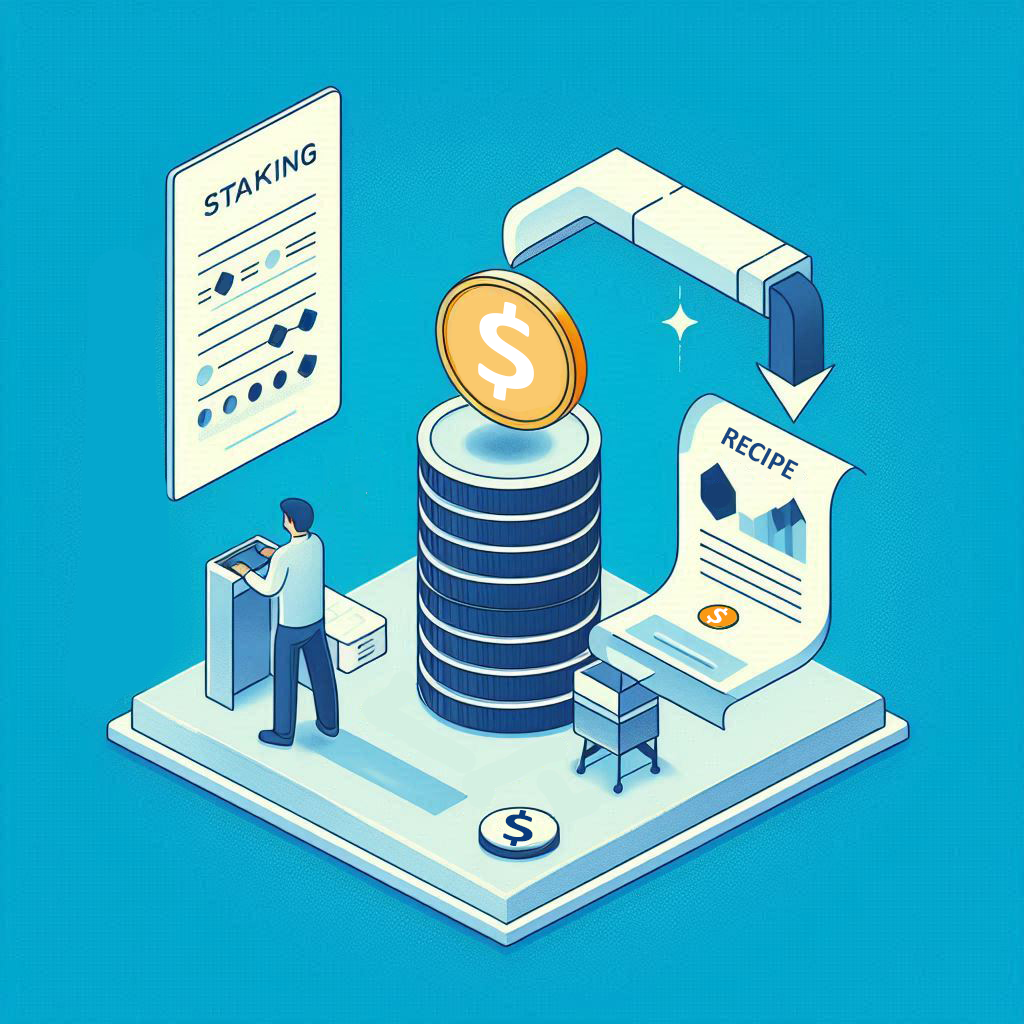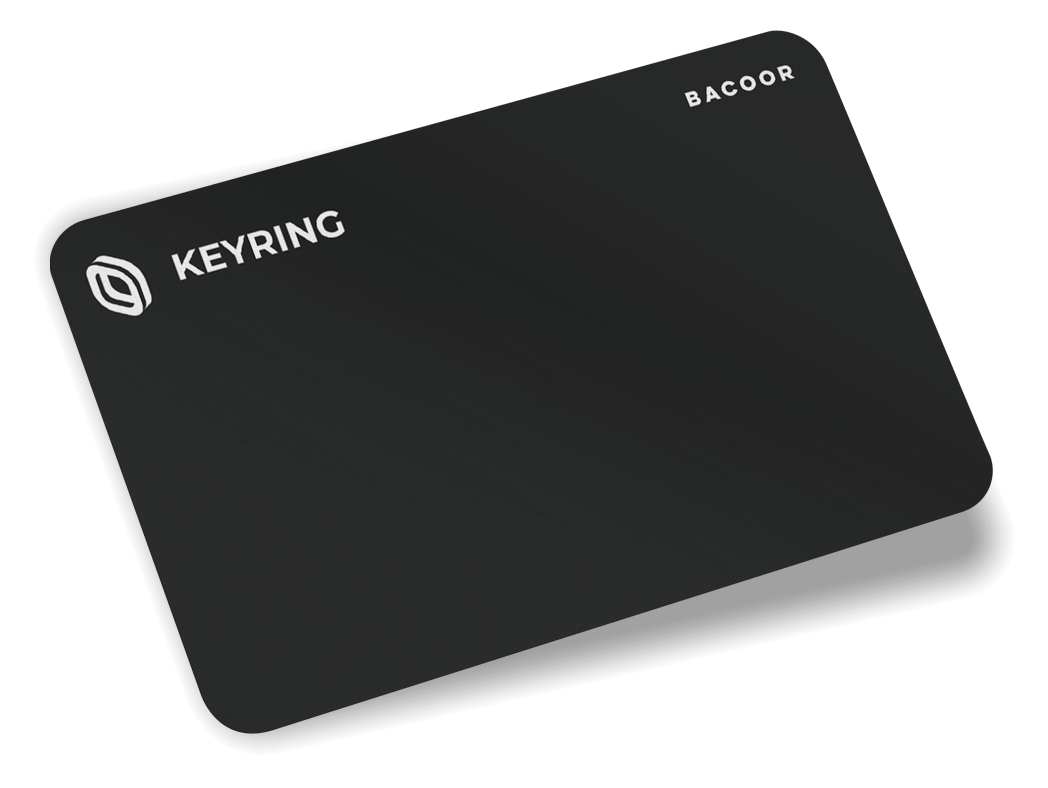
Liquid Staking and Restaking: Exploring the Trends.
Restaking and Liquid Staking. What are they and why they are trending?
Staking
Before we delve into the nuances of liquid staking or restaking, it’s essential to grasp the concept of staking.
Staking Explained:
At its core, staking is a mechanism that allows participants to contribute to the stability and security of a blockchain network. By locking a specified amount of cryptocurrency in a dedicated wallet—referred to as a staking wallet or node—users can engage in critical network functions.
These include validating transactions, maintaining network security, and facilitating consensus among participants.
Simplified Version:
Imagine staking as a temporary investment into the infrastructure of a blockchain or exchange. By depositing your digital assets into a network’s wallet, you’re providing the necessary capital for its operation and potential growth.
The Reward System:
Although these assets are immobilized during the staking period, they’re far from idle. In exchange for your contribution, the network rewards you with returns, typically in the form of interest, calculated as a percentage of the staked tokens.
The incentive for stakers comes in the form of rewards. These rewards are not just a token of appreciation but a calculated share of the network’s earnings, reflective of the staked amount. It’s a win-win: the network gains the capital it needs to thrive, and stakers receive a passive income stream, bolstering their digital asset portfolio.

Liquid Staking
According to CoinMarketCap:
Liquid staking revolutionizes the traditional staking process by allowing users to earn rewards on their staked tokens while maintaining liquidity. When you engage in liquid staking, you receive a derivative token, such as stETH, which represents your original staked ETH.
This innovative approach enhances capital efficiency on proof-of-stake blockchains. It allows for immediate unstaking, bypassing the typical lock-up periods and fostering a more secure and robust network.
To put it simpler: Liquid staking is like putting your money in a savings account that lets you use the funds while still earning interest. When you “stake” your cryptocurrency, you usually can’t use it for anything else.
However, with liquid staking, you get a special token (like a receipt) that proves you’ve staked. You can trade this token or use it in other financial activities, all while your original stake earns rewards.
It’s a win-win: you support the blockchain’s security and get to keep your money working for you in different ways. Platforms like Lido, Rocket Pool, and Binance offer these services, making it easier for you to make the most of your digital assets.

Retaking
Restaking is a concept in cryptocurrency that takes the idea of liquid staking further. It allows users to stake their tokens on the main blockchain and simultaneously on other protocols, effectively securing multiple networks at once. This process offers additional rewards because it increases the capital efficiency of the staked assets.
Think of restaking as getting a “bonus level” in a video game. It’s like this:
- Liquid Staking: You put your crypto (like ETH) into a special savings account and get a token (like stETH) that you can still use. It’s like having your cake and eating it too—you’re earning rewards but can still spend.
- Restaking: Now, you take that stETH and put it into another savings account, which might be with a different bank or the same one. Your original ETH is now doing extra work—it’s keeping your first bank safe and also helping out another.
Restaking is about making your crypto work harder and potentially earning more rewards. But remember, it’s a bit riskier, like playing that bonus level where there’s more to gain but also more to lose if you make a mistake.

The Problem with Retaking and Liquid Staking?
While Liquid Staking and Restaking offer numerous benefits, they also come with their own set of challenges and risks:
- Liquidity Risk: This is a valid concern. Liquid Staking solutions like EigenLayer aim to address the liquidity issue by allowing staked assets to be used as security for other protocols, but the assets may still be considered locked during the staking period.
- Complexity: The implementation of Liquid Staking and Restaking does involve complex smart contracts and requires sophisticated risk management strategies to ensure liquidity and security.
- Slashing Risks: Slashing is indeed a risk in proof-of-stake networks, where validators can be penalized for misconduct or poor performance, potentially resulting in the loss of a portion of the staked tokens.
- Price Volatility: Cryptocurrencies are known for their volatility, and the value of staked assets can fluctuate significantly, impacting the value of the stake.
- Dependence on Smart Contracts: Both Ethereum and EigenLayer rely on smart contracts for Liquid Staking and Restaking. If these contracts have vulnerabilities, they could be exploited, leading to a loss of funds.
- Smart Contract Risk: The use of smart contracts in Liquid Staking and Restaking does carry the risk of bugs or vulnerabilities that could be exploited.
- Regulatory Uncertainty: The crypto space is subject to evolving regulations, and changes in regulations could indeed impact the viability or legality of these staking methods.
- Dependency on Third Parties: Liquid Staking often involves third-party platforms, which introduces additional risks such as platform failure or exit scams.

In summary, while Liquid Staking and Restaking offer potential benefits such as increased liquidity and additional earning opportunities, they also carry risks that must be carefully considered. It’s important for participants to conduct thorough due diligence and understand the mechanisms and potential risks involved in these investment strategies.
Manage your assets with KEYRING PRO Wallet
When traversing the crypto world, whether you’re a seasoned veteran or just stepping into the realm of crypto, there are two essentials you’ll always need by your side: knowledge and a reliable crypto wallet.
The KEYRING PRO Wallet is precisely the wallet tailored for you. With its user-friendly interface and a plethora of tools catering to various on-chain crypto operations:
- Generate wallet addresses on major chains such as Bitcoin, Ethereum, Solana, Avalanche, Polygon…
- Monitor top trading coins across chains.
- Easily search for coins and bridge/swap tokens directly within the app.
Experience the KEYRING PRO Wallet now to discover the exciting applications of this wallet.
More for you:
>> Pamp Da Coin- More Than Just a Meme – KEYRING PRO
>> How to join the Nyan Heroes airdrop – The game set to revolutionize GameFi. – KEYRING PRO
>> Top 3 Free Airdrops for March 2024- High Returns on a Tight Budget. – KEYRING PRO










